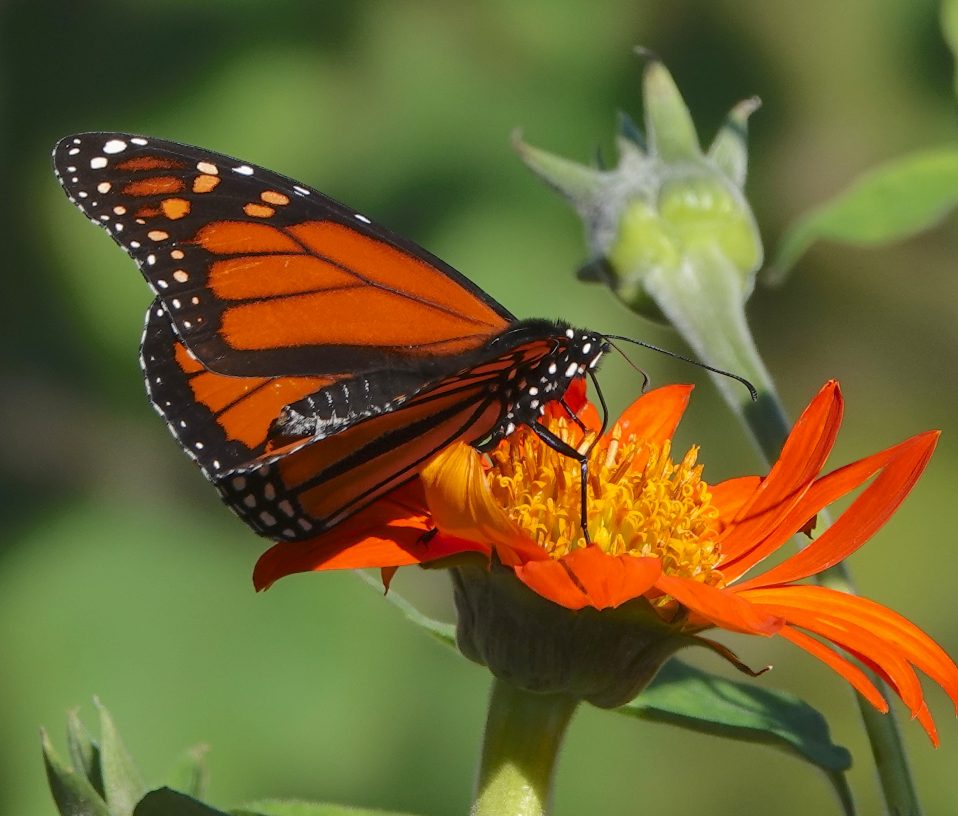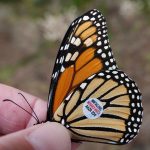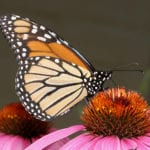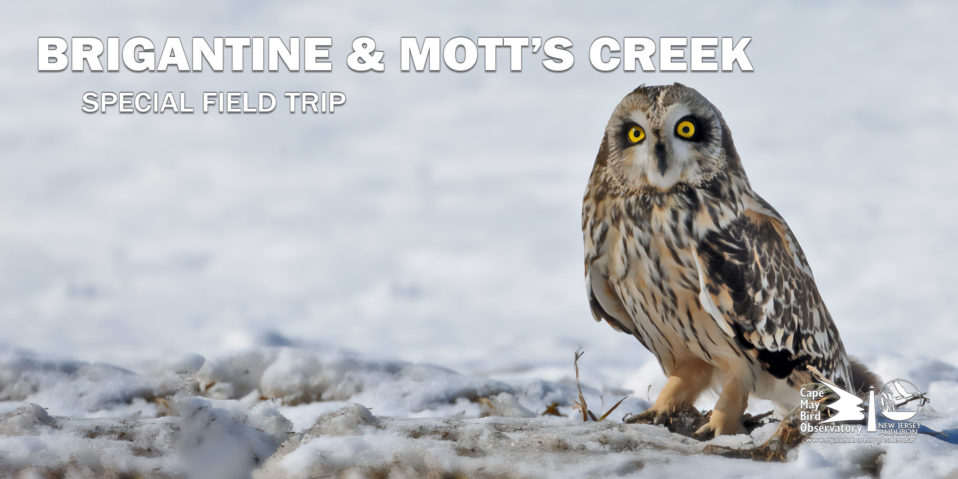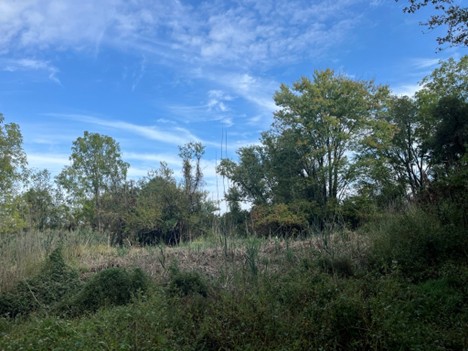The 2020 Field Season for the Monarch Monitoring Project wrapped up on Saturday, October 31 — our field season runs from Sept. 1 to Oct. 31 each year. We have started to compile the data and will report back to our followers in a few days, but we’ll take a few minutes now to reflect on the season. The COVID-19 pandemic has impacted virtually everything in all of our lives for most of the year, and that was true for our project as well. Well into the summer, it wasn’t clear if we could run the project at all or if we could hire seasonal naturalists. Fortunately, we found ways to take all of the appropriate precautions and continue to gather data and to hire two naturalists for our two-month season. Thanks to the generosity of James & Teresa Knipper, who made an apartment available to us, we were able to hire one naturalist from out of the region. And in the second bit of good fortune, we found a great candidate for the second position living right here in Cape May County. We introduced them both to our readers before the season began, and now we want to thank them for a job well done.

Jack McDonough
Jack McDonough is a remarkable young naturalist who seems to be genuinely in love with every aspect of natural history here in his home county. He grew up exploring the Belleplain State Forest of northern Cape May County, and while he is still a teenager, he has an astounding knowledge of our area’s plants and animals. He brought that enthusiasm for natural history to work every day, and while we had many fewer opportunities than most years to engage in educational outreach, Jack still managed to educate and excite the people he would meet while working around Cape May Point. He’s also a very skilled photographer and is assembling a set of photos for the use of those involved with the project in future years. Watch for an upcoming book on the natural history and ecology of Cape May County that he’s working on.

Kat Culbertson
Katherine “Kat” Culbertson wouldn’t have been available to work with our project had 2020 been a normal year. She was working as a Peace Corps volunteer in Madagascar when the COVID-19 pandemic forced the Peace Corps to bring everyone back home — she had been scheduled to keep working over there until 2021. With plans to begin graduate school in the fall of 2021, she was suddenly left with a gap in her schedule and to our good fortune, she found our project and accepted the job on short notice. Her strong academic background from Harvard University put her in a great position to work with some of the data that we have gathered over the project’s 30 year history — and it looks like a scientific publication will result from her work. Kat, like Jack, was a great ambassador for monarchs in our educational programs and the many informal contacts that happen when you walk around Cape May Point with a butterfly net.
Our project would not be able to continue without the hard work of our seasonal naturalists. We offer a huge amount of thanks (and a few very modest paychecks) to both Jack and Kat for the great work that they both accomplished. We also benefit from the work of many volunteers who help with our tagging and, most importantly, from donors who make contributions throughout the year, whether “adopting” one of our tagged monarchs, contributing to our “Monarchists” team in the annual World Series of Birding fundraiser, or making other donations. We run a vigorous program on a very small budget — the salaries of our seasonal naturalists are the biggest expense — and this year we missed out on the funds that are generated annually as part of our tagging demos at Cape May Point State Park. Very big thanks to all of you who have made contributions in the past, and if you’re in a position to make a contribution this year, contact us at [email protected] for details on how you can help.

Monarch feeding on Mexican sunflower in Cape May Point.
As for the monarchs, we continued to see a few around Cape May Point right through October 31, but with freezing temperatures throughout New England and south into central New Jersey on October 30, we can’t expect more to be migrating from our north. It didn’t freeze here, however, and a few late migrants might still be around, but the 2020 monarch season is essentially over. That’s how it should be, as the beginning of November typically heralds the arrival of huge numbers into the Monarch sanctuaries of central Mexico, and indeed people have been seeing thousands upon thousands flying into those amazing Mexican mountain forests. As we’ve done for the last 3 years, we’ll continue our census for one extra week into November, but our job is now mostly wrapping up the season’s data, preparing our annual report, and getting all of our project equipment organized and stowed away, awaiting the beginning of the 2021 field season.
By Mark Garland




